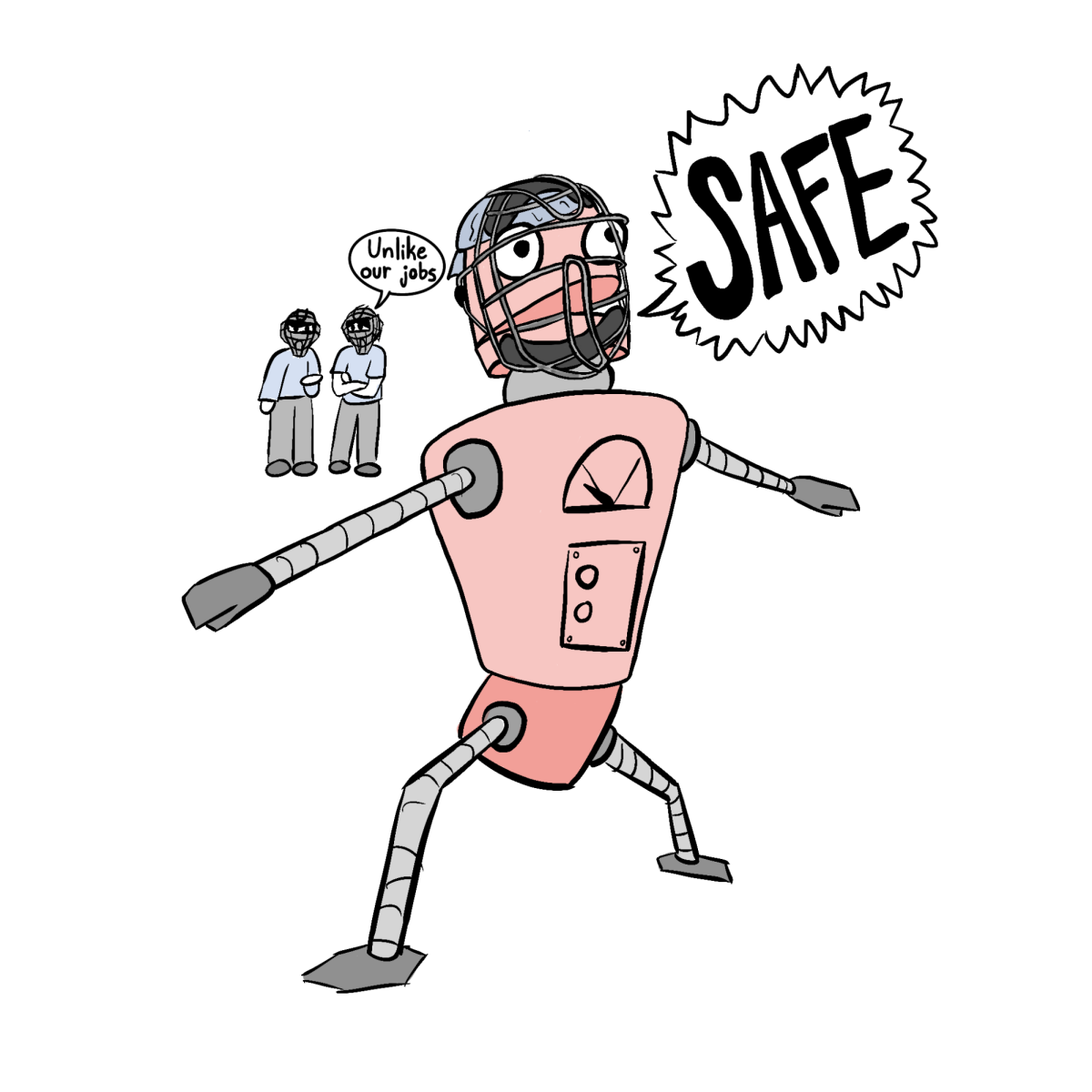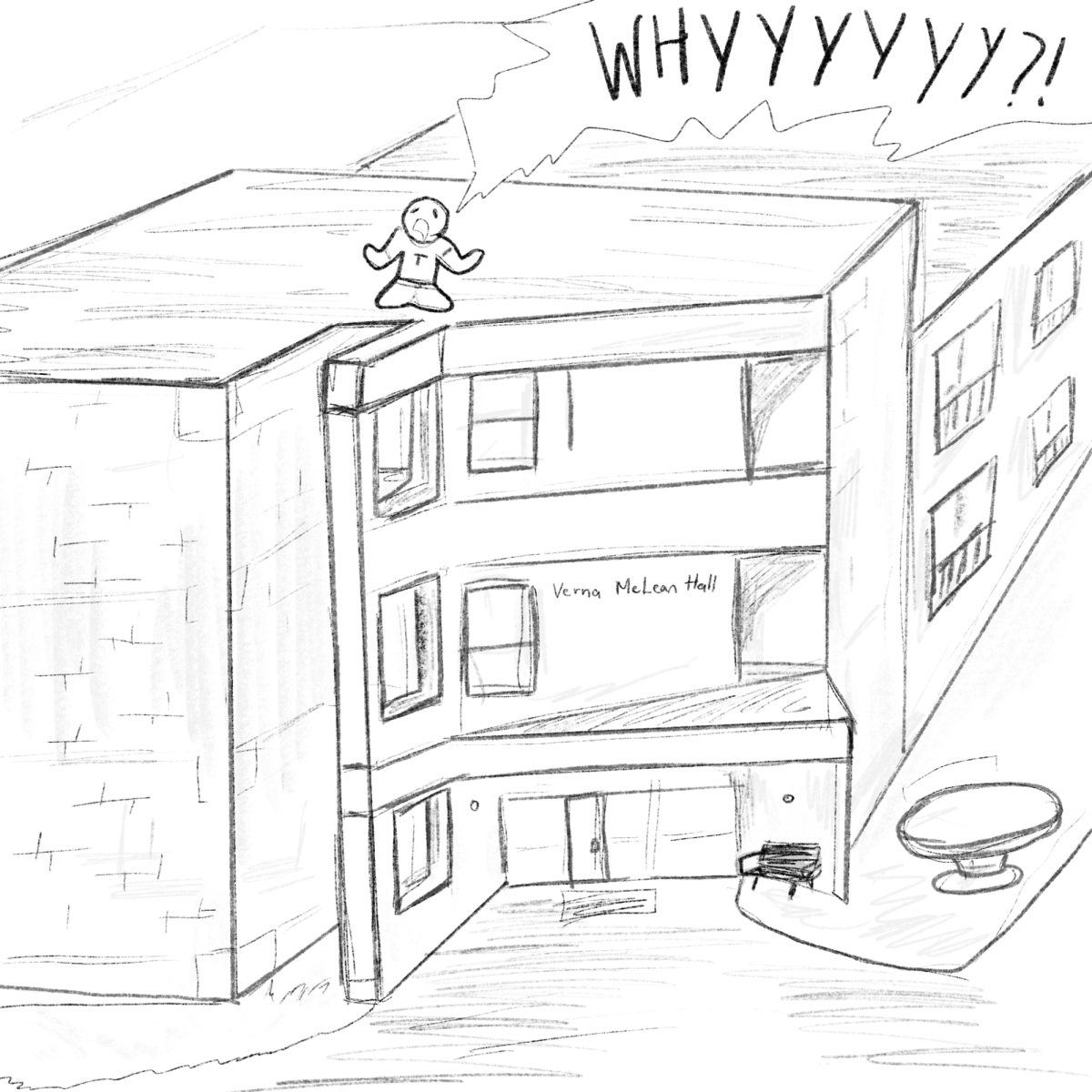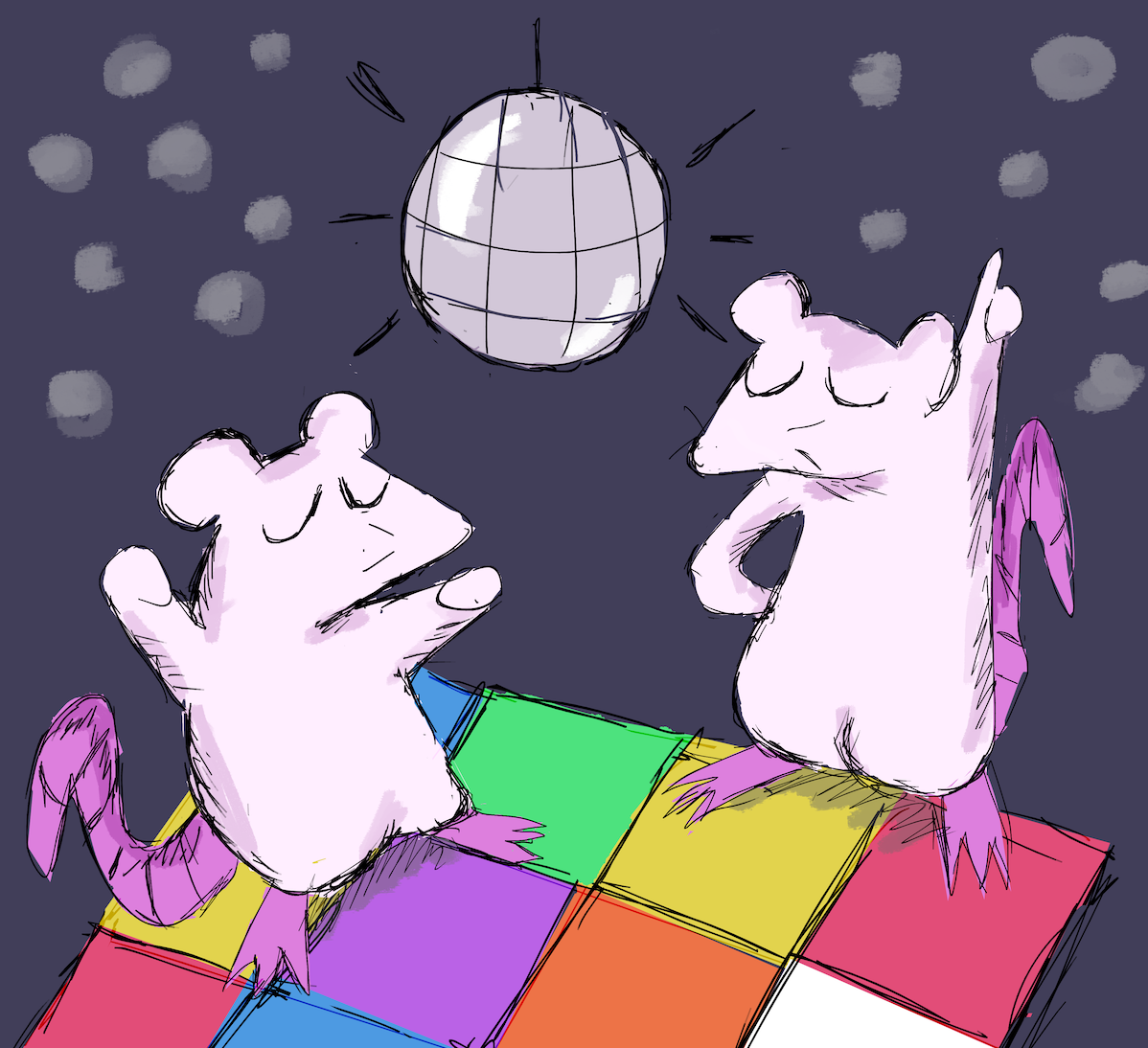Baseball fans celebrated Opening Day on March 27, an annual tradition to kick off the 122nd season in Major League Baseball’s history. While MLB is one of the oldest major sports leagues in America, it’s entering an existential crisis, emboldened by Commissioner Robert Manfred’s efforts to sustain growth above all else. These efforts have risen through technologization, relocation and pervasive advertisements. Baseball is nicknamed “America’s Pastime” for good reason, with the MLB acting as a window into how America changes, such as desegregation and labor rights movements. Change has been central to MLB’s history, but now fundamental aspects of baseball itself are at risk.
Over the last few years, MLB has made technology a regular facet of baseball games. Efforts like the pitch clock cut down on baseball’s notable lengthiness, and thank goodness it did. In 2021, the average MLB game was over 3 hours and 10 minutes. Now games are roughly 2 hours and 30 minutes. I’m not a Luddite to change, but the pitch clock was deeply needed. Giving the Manfred regime an inch, however, lets them take a mile. Specifically, the proposed Automated Ball-Strike System will fundamentally change baseball’s age-old dynamics.
The rule change proposes that a batter, the pitcher or the catcher can challenge a prior pitch. MLB demoed this practice during spring training, where teams had a maximum of two challenges. Why even have an umpire if the supposedly accurate ABS gets the job done? Umpires are as good as they ever have been, and like it or not, officials being wrong has always been part of sports. Look no further than Ernest Lawrence Thayer’s 1888 poem “Casey at the Bat,” where fans in the stands chant, “Kill him! Kill the umpire!”
Everyone has been screwed by the umpire, and don’t let the TV strike zone fool you: The strike zone isn’t real. Moreover, sports and games aren’t designed to be perfect simulations. Attempting to remove human error from the equation begs the question of why humans even play sports. Go play Out of the Park Baseball if you want a pure simulation. I question this “scientific” approach for verifiability to appease sports bettors’ demands, a nearly $14 billion industry which continues to grow.
With the volatility of regional sports networks, it only makes sense that the sports betting industry becomes the new frontier. Beyond the diamond, profitability has always been MLB’s primary language, where teams relocate to the highest bidder in opportunistic cities, demonstrated by the plight of the Athletics.
Another era of relocation poses the largest threat to MLB’s ethos. After spending 57 seasons in the Bay Area, the Oakland Athletics’ owner, John Fisher, temporarily moved the team to Sacramento before a permanent residency in Las Vegas. The A’s were the longest-tenured franchise in one city since the 1960 Washington Senators relocated to Minnesota — and the first team with multiple championships to move since the 1957 New York Giants. Both teams moved due to financial mishaps.
Las Vegas, symbolic for its glitz, glamor and gambling, makes for a pristine tourist destination. However, this marks baseball’s equivalent for deindustrialization. A move to Vegas mirrors today’s gambling prevalence, which is unavoidable in sports. While Manfred represents the owners’ interests to maximize their profits, we’re not in the ‘60s. Today, it’s practically guaranteed for teams to turn a profit through MLB’s revenue sharing. On top of that, ballclubs’ valuations seem to be continuously rising. The question for other teams’ fans should be not if, but when and where. Baseball’s a business, which means finding an avenue to generate revenue in any way.
I’ve long accepted that advertisements generate revenue for teams, but ad encroachment, especially for gambling, is ridiculous. The score bugs have advertisements, the backstops have CGI advertisements and multiple picture-in-picture advertisements will play during the game. Even so-called sacred things like the pitcher’s mound or jerseys have advertisements. Wherever a stadium or a TV screen has empty space available, it meets all corporate suitors’ needs to fill it. Fans can’t do much other than try to remove the corporate mindset from their head.
My gripes aren’t new, and complaining about how baseball has been “lost” is a rather long oral tradition for fans. Advertising has been married to professional baseball for over 100 years. Using the Athletics to complain about relocation is ironic considering they moved from Kansas City and played in Philadelphia for 60 years before then. However, Kansas City and Philadelphia have teams, and I doubt Athletics fans are groveling to root for the neighboring rival San Francisco Giants. Despite these microcosms of change, it’s clear that something’s working; MLB attendance increased by 11% since 2022 and national baseball participation jumped to 16.7 million players.
Like most things, traditions are constructs. The difference is that baseball’s traditions, such as the jerseys or longstanding teams, were rooted in tangibility. You could watch the Athletics in Oakland, but now you can’t. Teams reflected the cities they played in and vice versa. Baseball is a romantic game, and to paraphrase former MLB Chairman and professor of English, A. Bartlett Giamatti: Baseball is designed to break your heart. With how things are going, thousands of fans’ hearts will be broken.








